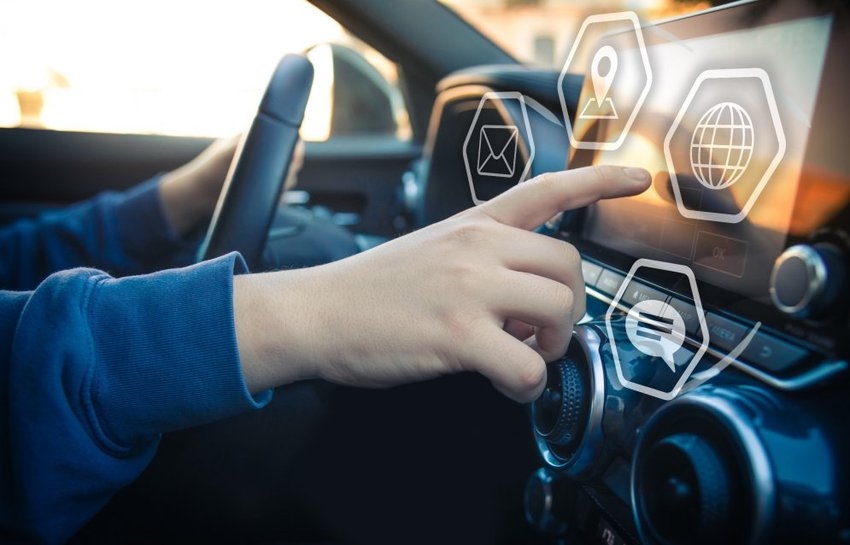Artificial Intelligence is a hot topic that cannot be avoided when talking about the development of transport. To move to much greater autonomy, cars first need to navigate their environment perfectly, and this can most easily be achieved through a sub-field of artificial intelligence such as machine learning.
Artificial intelligence has not yet reached the level of complimenting a driver on clothes and recommending the best bakery in town. For now, the task of artificial intelligence is to ensure driving safety. That is why autonomous systems take over more and more functions under their control and are now able not only to keep the vehicle in its lane, but also to maintain the specified distance from the car in front, recognize pedestrians and cyclists, and brake on their own both when moving forward and in reverse.
Artificial intelligence is relatively slow in learning city labyrinths, where it is difficult for it to perceive traffic patterns, it cannot drive on a slippery surface and it cannot navigate without geolocation data. But the technology is advancing rapidly, and self-driving cars are expected to replace conventional taxis quite soon.
Technology companies such as “Waymo”, “Mobileye” and “Oxbotica” have already entered the competition with large automotive concerns for autonomous control systems. South Korean companies are especially active in this. The “Hyundai” group of companies even has a separate company, “Motional”, which tests autonomous taxis, and the concern has openly announced its intentions to overtake “Tesla” in the development of self-driving technologies in the next couple of years.
The restrictions are strict
The machine learning used in today’s cars means machines operate according to algorithms written by humans within strict constraints. “For example, when a car is approaching an intersection, the systems must recognize a traffic light, distinguish what color signal is lit, and perform the action recorded in the algorithm accordingly. The process is also ensured if the systems cannot correctly detect the traffic light,” explains
